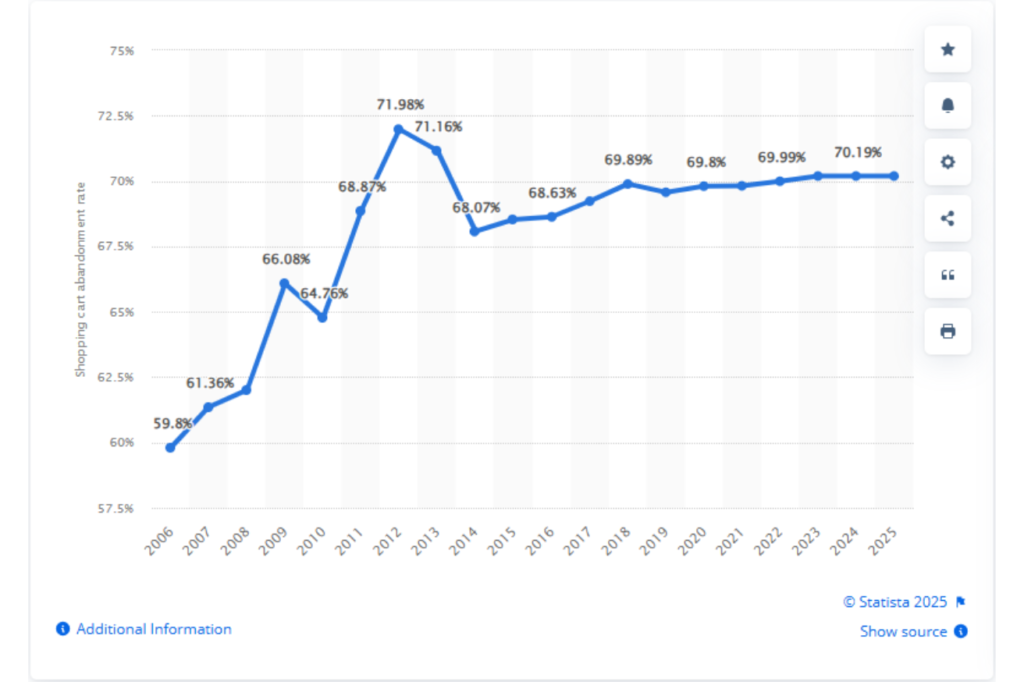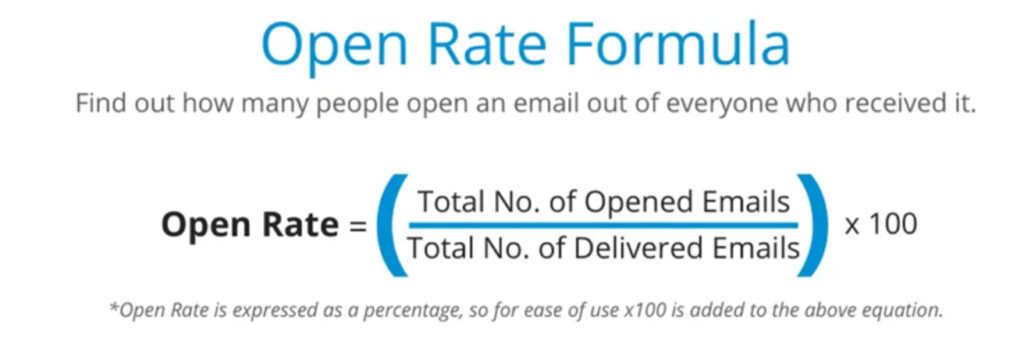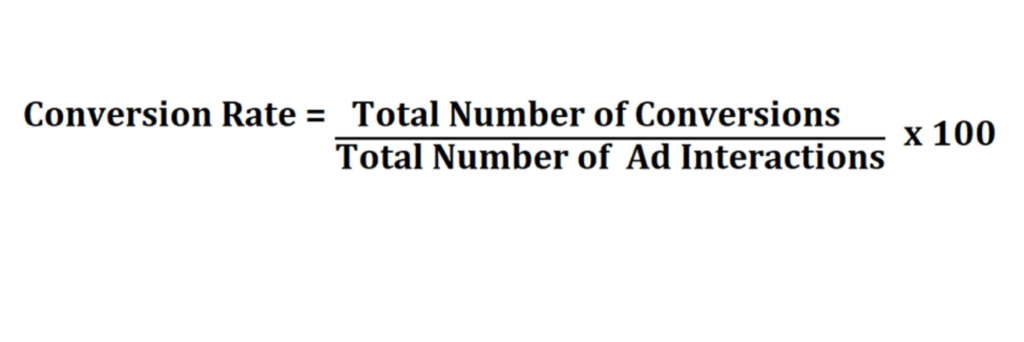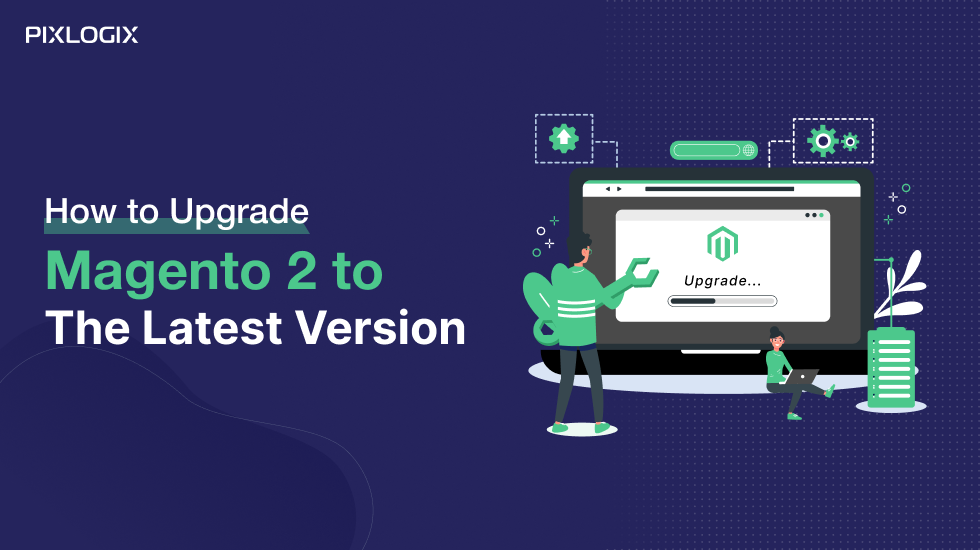
Abandoned Cart Recovery in Magento 2 is a major concern for modern eCommerce store owners. If you’re struggling with lost sales due to abandoned carts, this blog will help you understand effective ways to boost conversions and recover those missed opportunities.
Key Takeaways
- Step 1: Understanding Abandoned Carts
- Step 2: Leveraging Magento 2 Features
- Step 3: Advanced Strategies for Abandoned Cart Recovery
- Step 4: Monitoring and Optimization
In this blog, we will explain the top tips for abandoned cart recovery for all the Magento 2 eCommerce websites. So, let’s get started.
What is Abandoned Carts?– An abandoned cart is when someone adds things to their online shopping cart but leaves the website without buying them. It’s like putting toys in a basket at a store and walking away without paying.
Step 1: Understanding Abandoned Carts
Before delving into strategies, it’s essential to comprehend why carts are abandoned. Various factors contribute to this phenomenon such as unexpected shipping costs, complicated checkout processes, lack of payment options, or distractions.
However, these abandoned carts aren’t lost causes. They represent a chance to re-engage customers and nudge them toward completing their purchase. Professional custom Magento development service providers also research to identify the loopholes for clients’ eCommerce businesses.
Source – Statista
Step 2: Leveraging Magento 2 Features
Magento 2 offers a suite of features and extensions designed to facilitate cart recovery and enhance the user experience. Here are some functionalities that will leverage the Magento 2 eCommerce store.
#1. Utilize Email Remarketing
Implement automated email campaigns targeted at users who abandon their carts. Magento 2’s built-in functionality allows for personalized and segmented email campaigns. Tailor messages to include abandoned items, provide incentives like discounts or free shipping, and create a sense of urgency to encourage prompt action.
#2. Implement Exit-Intent Pop-Ups
Exit-intent pop-ups can effectively capture users’ attention before they leave the site. Magento 2 supports various store extensions that enable the creation of targeted pop-ups displaying personalized offers or reminders about abandoned items. These can entice users to reconsider their decision to leave.
#3. Simplify Checkout Processes
A streamlined and user-friendly checkout process is pivotal in reducing cart abandonment. Utilize Magento 2’s features to simplify the checkout steps, enable guest checkout options, and minimize form fields to expedite the process. Integrating various payment gateways also caters to diverse customer preferences.
#4. Implement Persistent Carts
Magento 2 allows customers to retain their cart contents across multiple devices by implementing persistent shopping carts. This feature ensures a seamless experience for users who switch between devices, encouraging them to proceed with their purchase from where they left off.
#5. Leverage Social Proof and Reviews
Integrate extensions or modules within Magento 2 that showcase product reviews, ratings, or testimonials on the checkout page. Positive feedback and social proof can reinforce trust and persuade users to follow through with their purchases.
Step 3: Advanced Strategies for Abandoned Cart Recovery
Apart from the core functionalities offered by Magento 2, employing advanced strategies can significantly boost the effectiveness of abandoned cart recovery efforts:
#1: Personalized Email Retargeting
Abandoned cart recovery through personalized email retargeting is pivotal. Craft individualized messages with dynamic content—product images and custom messaging—tailored precisely to the abandoned items.
This approach resonates with customers, reigniting their interest. Employing user-specific data like items left behind or browsing history ensures relevance, enhancing the chances of conversion.
=> Engage strategically by offering incentives or addressing potential concerns. Timing matters—send follow-ups at optimal intervals without overwhelming recipients. This personalized outreach not only recaptures attention but also strengthens customer relationships, fostering trust and loyalty. An effective strategy, it significantly boosts conversion rates and revenue while reinvigorating engagement with potential buyers.
#2: Behavioral Targeting and Segmentation
Leveraging behavioral targeting and segmentation for abandoned cart recovery is a game-changer. Analyze user behavior—browsing history, purchase habits, and cart values—to segment audiences effectively. Craft follow-up communications tailored to each segment’s preferences, whether through personalized incentives or gentle reminders.
This strategy speaks directly to users’ interests and tendencies, increasing the likelihood of conversion. Aligning incentives or reminders with their previous actions enhances relevance and encourages a return to complete the purchase. The nuanced approach acknowledges diverse customer behaviors, significantly elevating the chances of successful cart recovery and fostering stronger customer connections.
#3: Multi-channel Remarketing
Employing multi-channel remarketing diversifies cart recovery efforts. Extend beyond emails, integrating SMS, push notifications, and social media ads to reconnect with abandoned cart users. Consistency in messaging across these channels is paramount—it maintains a cohesive user experience, reinforcing the reminder or incentive to return and complete the purchase.
Each channel offers unique engagement opportunities, catering to diverse user preferences and behaviors. Synchronizing messaging amplifies the chances of reaching users at different touchpoints, maximizing the potential for cart recovery and showcasing a brand’s commitment to personalized, multi-dimensional customer interactions.
#4: Exit-Intent Pop-ups with Incentives
Exit-intent pop-ups with enticing incentives wield significant cart recovery potential. When users are poised to exit the site with items in their cart, these pop-ups display exclusive offers or discounts, capturing attention at a critical moment. Craft compelling language that prompts immediate action, emphasizing the limited-time nature or unique value of the offer.
This strategic intervention can sway indecisive users, nudging them towards completing their purchase. The timely placement of these pop-ups leverages the user’s intent to leave, transforming it into an opportunity to re-engage and rekindle interest, often resulting in successful cart recoveries.
#5: Dynamic Remarketing Ads
Dynamic remarketing ads are cart recovery powerhouses. Crafted to display the precise products left behind in the cart, these ads reconnect with users across various ad networks and platforms they frequent. The personalized touch—showcasing the exact items abandoned—rekindles interest and reinforces the user’s intent, prompting reconsideration and action.
By tailoring ad content to the user’s specific browsing history, these ads amplify relevance, significantly boosting the likelihood of conversion. Their omnipresence across platforms underscores a persistent yet non-intrusive approach, effectively reminding users of their pending purchase decisions and often resulting in successful cart retrievals.
#6: Limited-time Offers or Scarcity Tactics
Implementing limited-time offers or scarcity tactics can spur cart conversions. Highlighting exclusive deals or emphasizing limited stock availability for items in the cart creates urgency. Integrate countdown timers or alerts, signaling the time-sensitive nature of the offer. This urgency prompts users to act swiftly, fearing they might miss out otherwise.
The psychological impact of scarcity nudges hesitant buyers towards a purchase decision, capitalizing on their fear of losing out on a desirable deal. It’s a potent strategy, leveraging the innate human response to scarcity and time constraints, often resulting in increased cart conversions within the specified timeframe.
#7: Recovery Emails with Social Proof
Integrating social proof into recovery emails amplifies their impact. Incorporate reviews, testimonials, or user-generated content that highlights positive customer experiences. Showcasing others’ satisfaction with the products left in the cart reinforces their value and quality. This social validation nudges hesitant buyers, instilling confidence and addressing potential doubts.
Real-life experiences from other customers act as persuasive tools, emphasizing the benefits of completing the purchase. By leveraging social proof within recovery emails, brands establish credibility and trust, often swaying indecisive users towards finalizing their abandoned carts, resulting in improved conversion rates.
#8: Cart Recovery through Retargeting Sequences
Crafting retargeting sequences for cart recovery is a strategic game-changer. Create a series of tailored communications—emails, ads, or notifications—based on user responses or inaction after the initial recovery attempt. Gradually escalate incentives or introduce urgency in subsequent messages to reignite interest.
The sequence’s gradual progression aims to re-engage users effectively, acknowledging their hesitation or indecision without overwhelming them. As the sequence unfolds, intensify the offer’s appeal or emphasize limited-time opportunities, compelling users to revisit their abandoned carts and finalize the purchase. This strategic, phased approach often yields higher success rates by nurturing prospects through a sequence tailored to their behavior and preferences.
#9: Streamlined Checkout Process
Streamlining the checkout process is pivotal for cart recovery success. Optimize the journey by simplifying and expediting purchase completion. Introduce guest checkout options, enabling swift transactions without mandatory account creation.
Implement one-click payment solutions or saved cart features, minimizing steps and time required for future purchases. Reduced friction enhances user experience, diminishing barriers that deter completion. A seamless, hassle-free checkout process aligns with user expectations, significantly decreasing cart abandonment rates. By prioritizing convenience and efficiency, businesses can capitalize on improved conversion rates and foster positive user sentiments, contributing to long-term customer loyalty.
#10: A/B Testing and Continuous Optimization
A/B testing is a linchpin for refining abandoned cart recovery strategies. Experiment with diverse approaches to discern the most effective methods. Test variations in email content, timing, incentives, or channels to identify what resonates best with users. Analyze user responses and conversion rates meticulously to glean insights.
Continuous optimization, driven by these findings, refines the recovery process. Implement iterative improvements based on real-time data, adapting to evolving user behaviors and preferences. This agile approach ensures the abandonment recovery strategy remains dynamic and effective, perpetually aligning with user expectations and maximizing conversion potential.
These advanced strategies aim to re-engage users who have abandoned their carts by using personalized, multi-channel approaches while also optimizing the overall checkout experience for better conversion rates.
Step 4: Monitoring and Optimization
Continuous monitoring and optimization are vital components of successful abandoned cart recovery strategies:
1. Analytics and Performance Tracking
In the context of optimizing abandoned cart recovery in Magento 2, leveraging its analytics tools is pivotal. Utilize Magento 2’s built-in analytics features to meticulously track the performance of recovery campaigns. Monitor crucial metrics, including open rates, click-through rates, and conversion rates.
Conversion rates (percentage of users completing a purchase after recovery efforts) = open rates (percentage of opened recovery emails) / click-through rates (percentage of users clicking on recovery links)
Analyzing these metrics provides actionable insights, identifying strengths and weaknesses within the recovery process. By identifying areas that need improvement or optimization, businesses can refine their strategies to enhance effectiveness and ultimately recover more abandoned carts.
2. Iterative Improvements
Continual improvement is key in abandoned cart recovery within Magento 2. Regularly analyze performance data gleaned from analytics and use these insights to drive iterative enhancements. Test novel approaches, refine messaging, and optimize the user experience based on these data-driven insights. Experiment with variations in recovery strategies, such as adjusting email content, timing, or incentives, to identify what resonates best with your audience.
By continuously refining and optimizing strategies based on real-time data, businesses can adapt and evolve their approach to better align with user behaviors and preferences, ultimately maximizing the effectiveness of their abandoned cart recovery efforts.
Conclusion
Recovering abandoned carts in Magento 2 involves a combination of leveraging platform features, implementing advanced strategies, and continuous optimization. Understanding user behavior, personalized outreach, simplifying the checkout process, and leveraging data-driven insights are pivotal in maximizing recovery rates and driving conversions.
By implementing these best practices, e-commerce businesses can turn abandoned carts into valuable opportunities for sales growth and customer engagement.
However, whether you are a startup or a seasoned eCommerce business you must follow these best practices to enhance your website.
Ashish Tiwari is an SEO manager at Pixlogix Infotech Pvt. Ltd. bringing 8+ years of expertise in driving organic traffic and creating data-driven marketing strategies. With a deep understanding of business, marketing, and promotional tactics, he specializes in technical SEO, content optimization, and paid advertising. Ashish has helped businesses across e-commerce, SaaS, healthcare, and other industries achieve measurable growth. Known for his dedication and growth mindset, he has consistently delivered impactful results and achieved significant milestones in record time.
Related Post

Get in Touch Now!
Have a word with our expert consultants about your next project to get suggestive guidance & proposal.
Sales Inquiry
HR Inquiry
India’s First SOTD Winner on Awwwards.com – 2010








